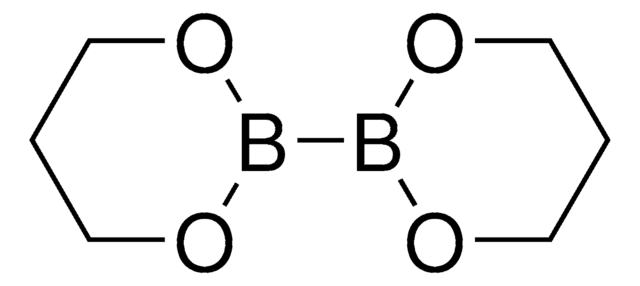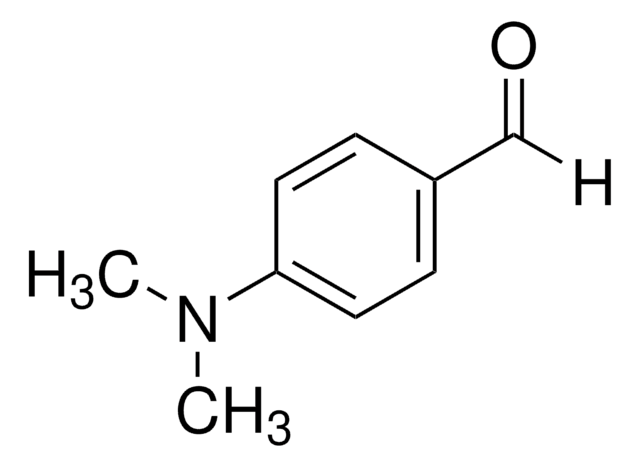80353
TDA Reagent
suitable for microbiology
Sinónimos:
Iron(III) chloride solution, Tryptophan Deaminase Reagent, Ferric chloride solution
About This Item
Productos recomendados
Agency
according to ISO 10273:2017
Nivel de calidad
Línea del producto
BioChemika
Formulario
liquid
caducidad
limited shelf life, expiry date on the label
composición
ferric chloride, 1 g/10 mL (in distilled water)
técnicas
microbe id | specific enzyme detection: suitable
aplicaciones
clinical testing
food and beverages
microbiology
idoneidad
Proteus spp.
cadena SMILES
Cl[Fe](Cl)Cl
InChI
1S/3ClH.Fe/h3*1H;/q;;;+3/p-3
Clave InChI
RBTARNINKXHZNM-UHFFFAOYSA-K
¿Está buscando productos similares? Visita Guía de comparación de productos
Aplicación
Palabra de señalización
Danger
Frases de peligro
Consejos de prudencia
Clasificaciones de peligro
Aquatic Chronic 2 - Eye Dam. 1 - Met. Corr. 1 - Skin Irrit. 2
Código de clase de almacenamiento
8B - Non-combustible corrosive hazardous materials
Clase de riesgo para el agua (WGK)
WGK 1
Punto de inflamabilidad (°F)
Not applicable
Punto de inflamabilidad (°C)
Not applicable
Equipo de protección personal
Eyeshields, Faceshields, Gloves, type ABEK (EN14387) respirator filter
Elija entre una de las versiones más recientes:
¿Ya tiene este producto?
Encuentre la documentación para los productos que ha comprado recientemente en la Biblioteca de documentos.
Los clientes también vieron
Nuestro equipo de científicos tiene experiencia en todas las áreas de investigación: Ciencias de la vida, Ciencia de los materiales, Síntesis química, Cromatografía, Analítica y muchas otras.
Póngase en contacto con el Servicio técnico









![Tris[2-(2-methoxyethoxy)ethyl]amine 95%](/deepweb/assets/sigmaaldrich/product/structures/266/084/fe6f96ea-6320-4c87-8438-fa06ddcadd83/640/fe6f96ea-6320-4c87-8438-fa06ddcadd83.png)
